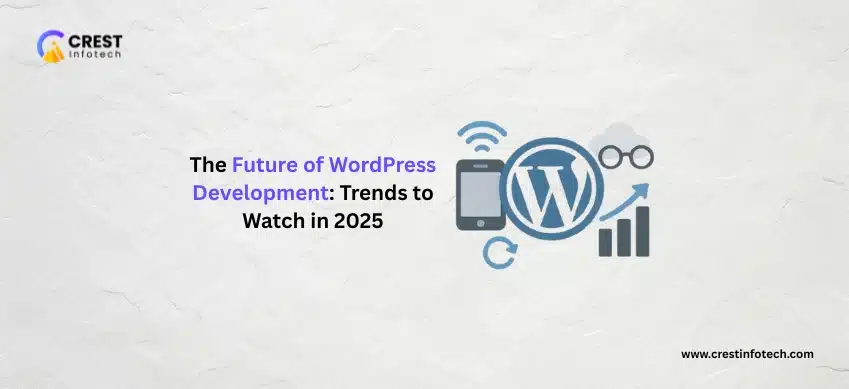Introduction
In today’s fast-paced digital world, JavaScript frameworks play a crucial role in modern web application development. They provide structured, efficient, and scalable solutions for building interactive and high-performing web apps. From single-page applications (SPAs) to progressive web apps (PWAs), JavaScript frameworks streamline development by offering reusable components, state management, and optimized rendering.
This article explores the importance of JavaScript frameworks, their benefits, and the top frameworks used in modern web development.
Why Use JavaScript Frameworks?
JavaScript frameworks simplify the development process by providing pre-written code, tools, and best practices. Here’s why they are essential:
✅ Faster Development
- Frameworks provide ready-to-use components, reducing the time needed to build applications.
- Features like virtual DOM, reactive programming, and declarative UI improve development speed.
🔄 Code Reusability & Maintainability
- Modular architecture allows developers to reuse code across projects.
- Organized MVC (Model-View-Controller) and component-based structures enhance maintainability.
⚡ Improved Performance & Optimization
- Efficient state management ensures smooth UI updates.
- Lazy loading and code splitting enhance page load times.
🔗 Seamless Integration with APIs & Databases
- Most frameworks support RESTful APIs and GraphQL for data fetching.
- They work well with databases like MongoDB, Firebase, and PostgreSQL.
Top JavaScript Frameworks for Web Development
1. React.js – The Most Popular UI Library
Developed by: Facebook (Meta)
Best for: Single-page applications (SPAs) and complex UI-driven apps.
🔹 Features:
- Virtual DOM for fast rendering.
- Component-based architecture for reusable UI components.
- Strong ecosystem with libraries like Next.js for server-side rendering (SSR).
📌 Used by: Facebook, Instagram, Airbnb, Netflix
2. Angular – Full-Fledged Frontend Framework
Developed by: Google
Best for: Enterprise-level web applications.
🔹 Features:
- Two-way data binding for real-time updates.
- Dependency injection for modular development.
- Built-in tools like RxJS for reactive programming.
📌 Used by: Google, YouTube, Forbes
3. Vue.js – Lightweight & Flexible Framework
Developed by: Evan You
Best for: Progressive web apps (PWAs) and small-to-medium-scale apps.
🔹 Features:
- Simple syntax for easy learning and implementation.
- Reactivity system for fast UI updates.
- Supports SSR with Nuxt.js for better SEO.
📌 Used by: Alibaba, Xiaomi, GitLab
4. Svelte – The Next-Gen JavaScript Framework
Developed by: Rich Harris
Best for: High-performance and lightweight applications.
🔹 Features:
- Compiles code at build time, eliminating the need for virtual DOM.
- Smaller bundle size and faster performance.
- No runtime overhead, making it faster than React and Vue.
📌 Used by: The New York Times, GoDaddy
5. Node.js – The Backend JavaScript Runtime
Developed by: Ryan Dahl
Best for: Scalable backend applications and real-time web apps.
🔹 Features:
- Asynchronous, event-driven architecture for high performance.
- Uses JavaScript for both frontend and backend, enabling full-stack development.
- Works well with Express.js for building APIs and microservices.
📌 Used by: LinkedIn, Uber, PayPal
How to Choose the Right JavaScript Framework?
When selecting a JavaScript framework, consider:
🔹 Project Size & Complexity – Angular for large enterprise apps, React/Vue for SPAs.
🔹 Performance Needs – Svelte for the fastest rendering, React for large UI-based apps.
🔹 Learning Curve – Vue and React are beginner-friendly, while Angular



